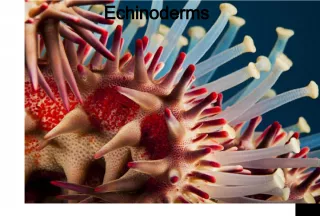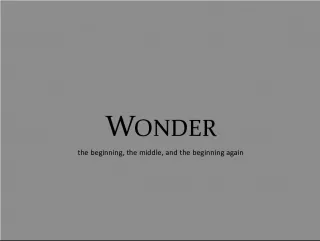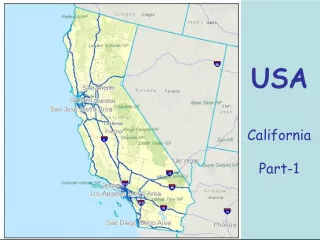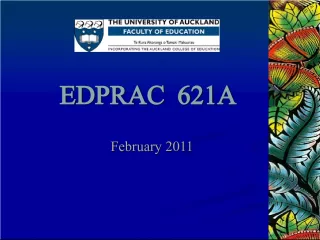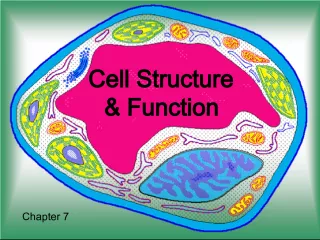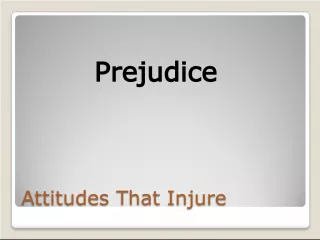Phylum Chordata: Exploring Vertebrates with Mr. Skirbst
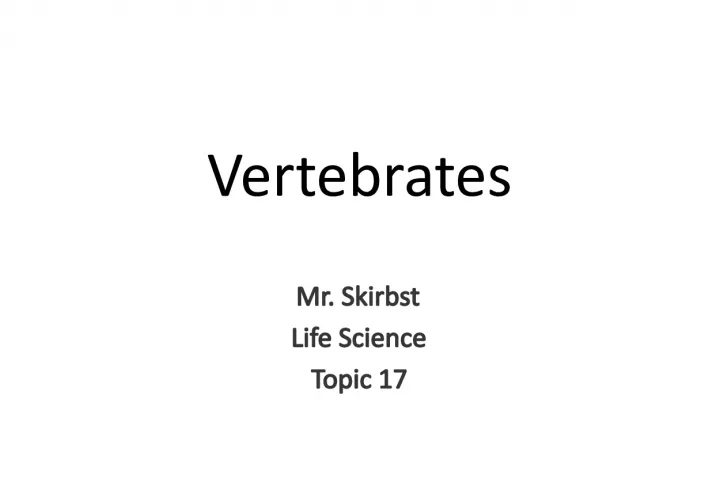

In this Life Science topic, we will dive into Phylum Chordata, which includes all vertebrate animals - creatures that have a backbone
- Uploaded on | 0 Views
-
 lisa
lisa
About Phylum Chordata: Exploring Vertebrates with Mr. Skirbst
PowerPoint presentation about 'Phylum Chordata: Exploring Vertebrates with Mr. Skirbst'. This presentation describes the topic on In this Life Science topic, we will dive into Phylum Chordata, which includes all vertebrate animals - creatures that have a backbone. The key topics included in this slideshow are . Download this presentation absolutely free.
Presentation Transcript
Slide1VertebratesMr. Skirbst Life Science Topic 17
Slide2Phylum Chordata
Slide3Phylum Chordata- Includes all vertebrates
Slide4Phylum Chordata- Includes all vertebrates - Vertebrate – animal that has a backbone (vertebral column)
Slide53 Characteristics- (at some point in their development)
Slide63 Characteristics- (at some point in their development)
Slide73 Characteristics1- Nerve cord – hollow tube near back
Slide83 Characteristics1- Nerve cord – hollow tube near back 2- Notochord – long, flexible support rod (vertebral column)
Slide93 Characteristics1- Nerve cord – hollow tube near back 2- Notochord – long, flexible support rod (vertebral column) 3- Throat with gill slits (debatable)
Slide108 Groups of Chordates
Slide118 Groups of Chordates6 Groups of Ectotherms “coldblooded” body temp. = outside temp.
Slide128 Groups of Chordates2 Groups of Endotherms “warmblooded” body temp. = constant
Slide13FishWater-dwelling vertebrates that have: 1- scales 2- fins 3- gills
Slide143 main groups of fish1- jawless – primitive, lack jaws (ex. Lamprey + hagfish)
Slide153 main groups of fish2- cartilaginous – no “bones” Skeletons made of cartilage (ex. Sharks & rays)
Slide163 main groups of fish2- cartilaginous – no “bones” Skeletons made of cartilage (ex. Sharks & rays) Sharks reproduce internally and must move gill slits to breathe
Slide173 main groups of fish3- bony – skeletons of bone (ex. Trout & perch) * also have swim bladders

